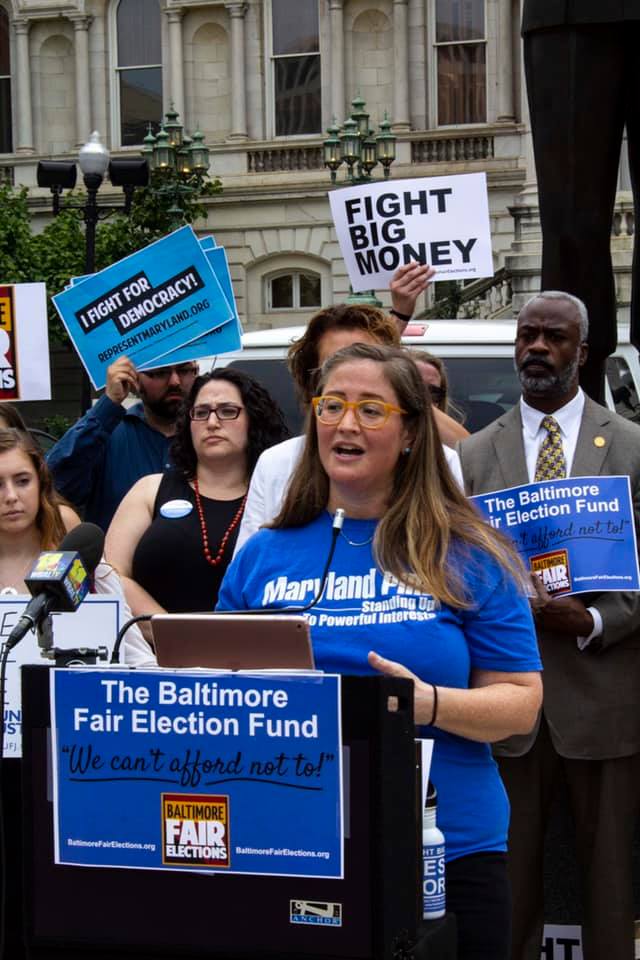
Energy Efficiency for Everyone
How to supercharge EmPOWER Maryland
Maryland's energy efficiency program can achieve more savings, better serve low-income families, and deliver environmental and public health benefits.
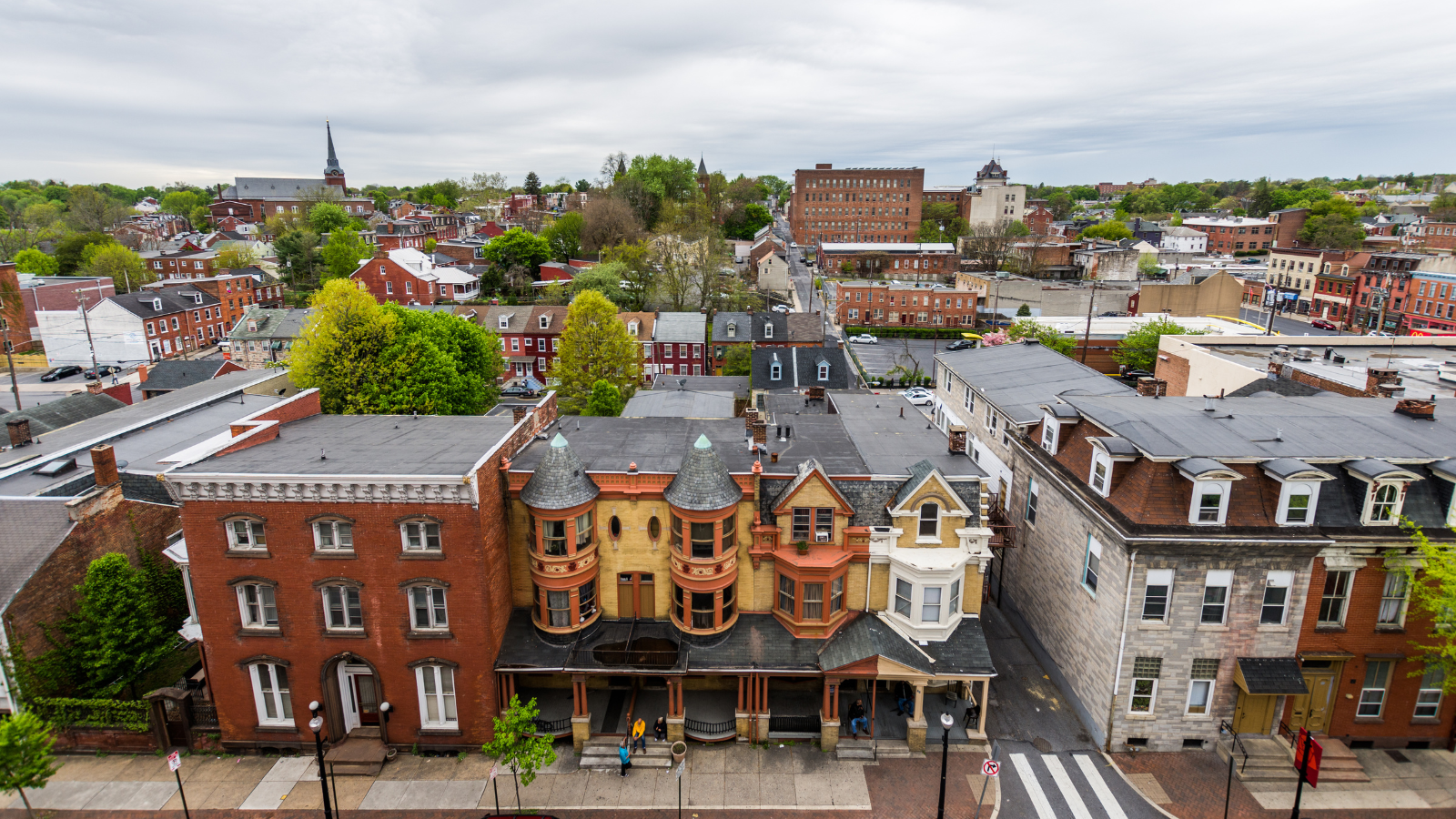
Downloads
The EmPOWER Maryland Energy Efficiency Act of 2008 has done a lot to improve energy efficiency in Maryland – saving utility customers money, reducing pollution and helping protect the environment. But now, a decade and a half after it was first adopted, the programs that resulted from it can and should be updated to meet more of the state’s needs and better serve Marylanders. With smart reforms, the next iteration of EmPOWER Maryland can achieve greater total energy and financial savings, better serve limited-income Marylanders, and deliver even more environmental and public health benefits.
Under EmPOWER Maryland, the electricity and gas utilities and the state Department of Housing and Community Development administer a set of programs that help Maryland residents and businesses improve the energy efficiency of their buildings. By 2015, EmPOWER had met its initial goal of reducing per-capita electricity consumption and peak demand by 15% below 2007 levels. Since then, it has continued to benefit Marylanders, with almost every participating utility meeting its annual goal of saving the equivalent of 2% of 2016 electricity sales in 2021. Besides saving energy, EmPOWER has also:
- Reduced Maryland’s greenhouse gas emissions by the equivalent of 9.6 million metric tons of carbon dioxide cumulatively as of 2020, equal to taking 2 million cars off the road for a year.
- Saved Marylanders over $4 billion on their energy bills so far, with expected lifetime savings of $12.7 billion for efficiency measures installed as of the end of 2021.
But EmPOWER can – and must – do more to save energy, save money and cut pollution. As currently designed and implemented, EmPOWER does not achieve the level of overall energy savings that it could, does not adequately support the state’s climate goals, and does not do enough to help limited-income customers save energy.
Maryland utilities are leaving energy savings on the table.
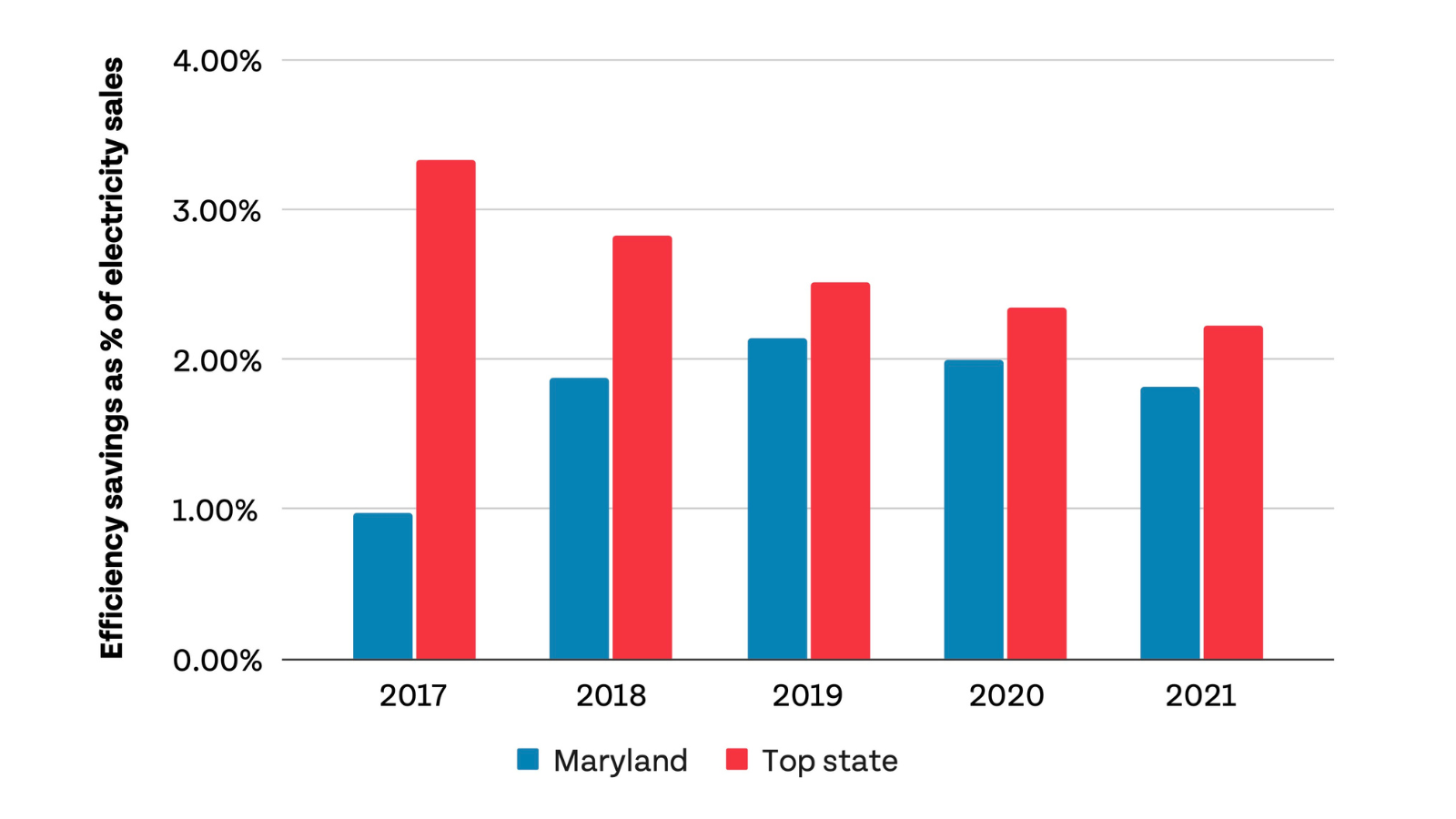
- If, in 2021, Maryland had saved electricity at the same rate as the top states for energy efficiency from 2019-2021 did, Maryland would be saving an additional 236,164 to 408,154 megawatt-hours of electricity over the lifetimes of those programs, enough to power 22,200 to 38,400 average homes for a year (see Figure ES-1). At the 2021 average retail price of electricity in Maryland, 236,164 megawatt-hours are worth over $27.1 million, a price Marylanders may have had to pay unnecessarily.
- Most programs within EmPOWER are run by the state’s five biggest electric utilities – Baltimore Gas & Electric, Delmarva Power & Light Company, Potomac Edison, Potomac Electric Power Company, and Southern Maryland Electric Cooperative, which together sell 93% of the state’s electricity. EmPOWER now also includes Washington Gas Light Company (WGL). These utilities spent less in 2021 on almost every program they administered than the allotted budget for those programs – in some cases less than half of the allotted budget. For instance, Potomac Edison spent just 42% of its $2.5 million residential HVAC program budget. Even before the COVID-19 pandemic, many programs did not reach their energy savings forecast and/or use their full budgets. Significant underspending on important programs indicates that there is ample room for more benefits and savings from the programs.
Current EmPOWER incentives undermine Maryland’s climate protection goals and fail to encourage electrification of buildings, which is essential for cutting climate pollution.
- Achieving Maryland’s ambitious climate goals will require the state to eliminate almost all fossil fuel use. However, EmPOWER continues to provide incentives for fossil fuel-powered appliances like furnaces and water heaters, locking in decades of climate and air pollution.
- EmPOWER fails to adequately incentivize and prioritize efforts that would have both climate and efficiency benefits, such as replacing fossil fuel appliances and building systems with all-electric alternatives.
EmPOWER’s programs targeted at limited-income consumers, which are run by the state’s Department of Housing and Community Development (DHCD), deliver only limited savings.
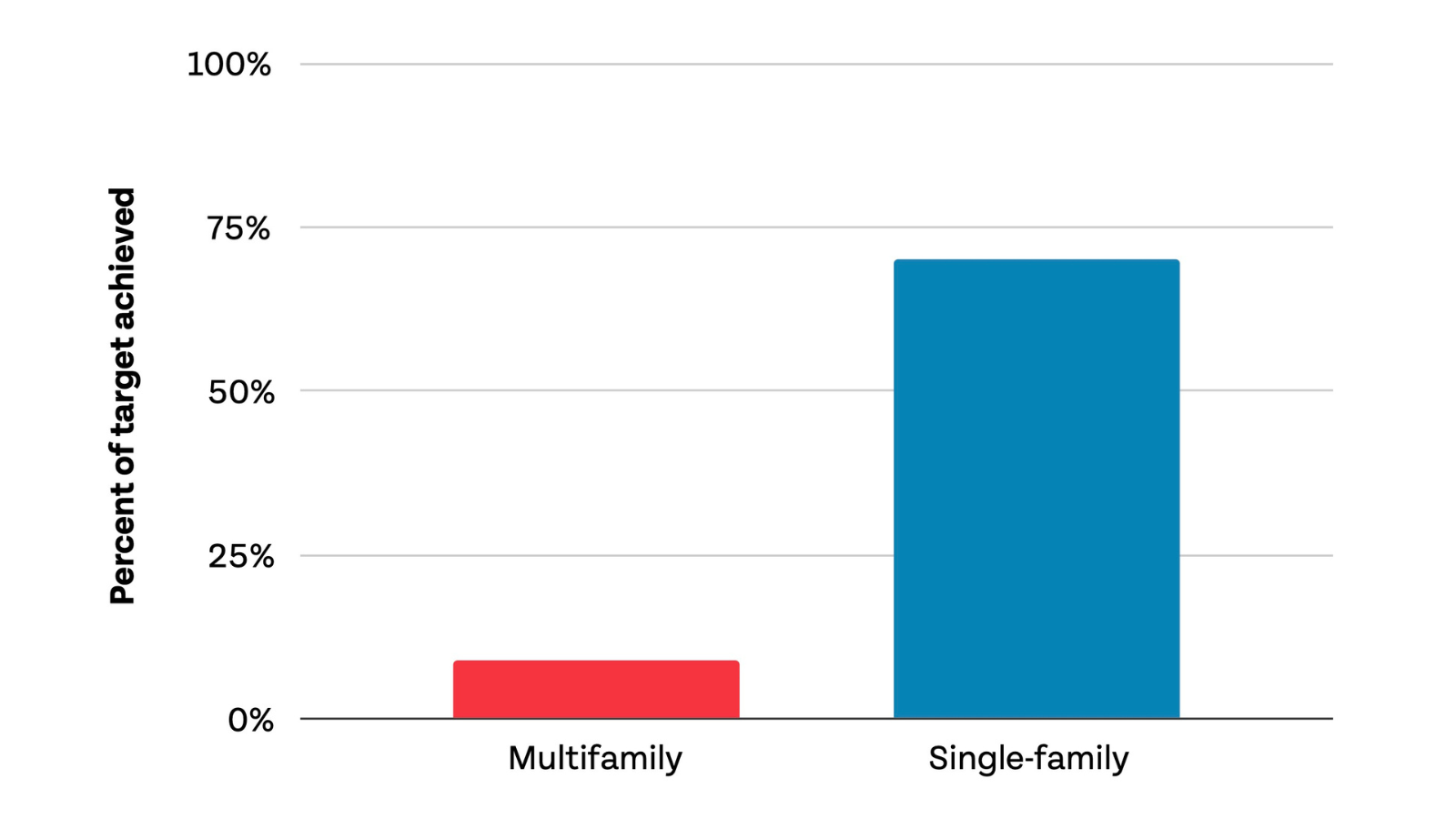
- While limited-income households represent at least 26.5% of households statewide, only 17.5% of residential spending under EmPOWER is allocated for them.
- The DHCD-run limited-income EmPOWER programs account for just 3% of the total planned lifetime electricity savings from residential EmPOWER programs statewide, despite those customers using approximately 11% of the state’s retail sales of electricity.
- Low-income Maryland households spent an average of 12% of their gross income on energy in 2020. The Maryland Office of People’s Counsel recommends households spend no more than 6% of their gross income on energy.
- Neither the Maryland General Assembly nor the regulators in charge of EmPOWER have set binding goals for the limited-income programs, and DHCD achieved just 9% of its own nonbinding energy savings target for limited-income multifamily residences in 2021 and only 70% of its target for single-family homes.
- Current EmPOWER restrictions don’t allow DHCD to help any limited-income households switch from fossil fuel equipment to electric equipment.
With better design, EmPOWER could deliver greater energy savings for everyone.
- There is no mechanism by which the utilities are incentivized to actually meet efficiency goals or penalized for failing to meet those goals. Creating such a “performance-based” mechanism could help drive longer-lasting savings.
- The EmPOWER cost recovery mechanism was designed such that utilities self-finance EmPOWER programs, ratepayers repay just a portion of those expenses each year, and the unpaid expenses accumulate with interest, a cost-recovery design shared by just a handful of other states’ energy efficiency programs. The utilities have been earning a very high return on EmPOWER investments – from about 16% to over 20% of annual costs – and will continue to do so until 2024, when a recent ruling by the Public Services Commission will take effect (see “EmPOWER’s financing system fails to incentivize good performance and to protect ratepayers”).
In order for EmPOWER to meet the needs of the moment and to do more for the environment and all Marylanders, the General Assembly and the Public Service Commission should:
- Redesign EmPOWER to provide greater savings to more Marylanders:
- Ensure that programs that provide deeper, longer-lasting savings serve as many people as possible
- Consider alternate administrative structures to increase the program efficiency of EmPOWER; an
- Increase support for renters.
- Align EmPOWER with Maryland’s climate goals:
- End incentives for fossil fuel appliances;
- Incentivize electrification; and
- Continue to boost efficiency.
- Improve EmPOWER for limited-income Marylanders:
- Increase ambition for the limited-income programs by setting strong goals and making a plan to serve all limited-income households within the decade;
- Allow limited-income EmPOWER programs to help Maryland households looking to switch to electric heating, water heating and cooking;
- Improve implementation by making the programs easier to access and ensuring that EmPOWER applicants and participants are also considered for all other relevant funding sources, including new federal funding from the Inflation Reduction Act; and
- Require reporting on the limited-income EmPOWER programs to be more detailed and comprehensive.
- Incentivize and penalize utilities based on their performance in delivering efficiency benefits to Marylanders.
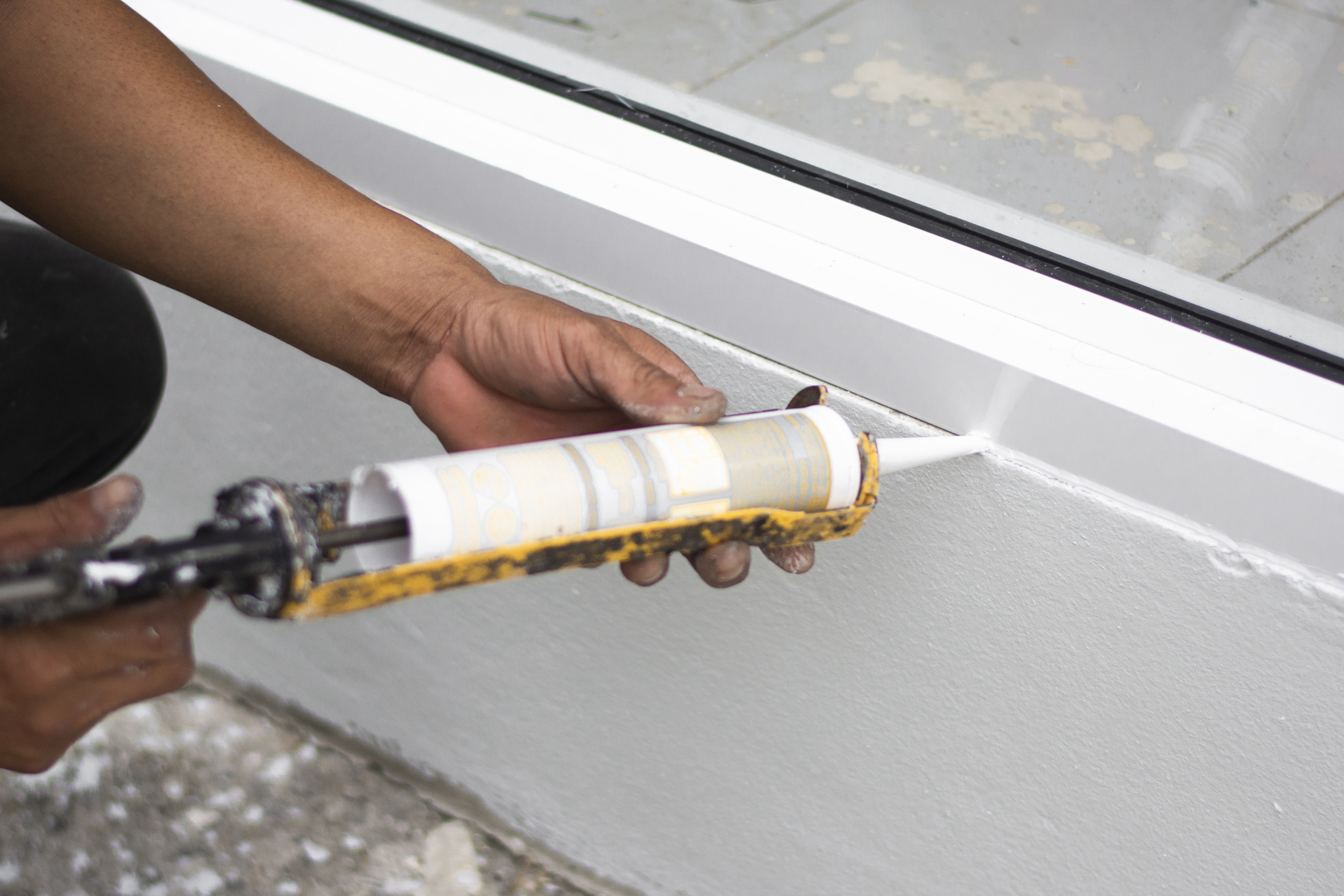
The benefits of energy efficiency
Maryland policymakers have recognized the many benefits of energy efficiency. The goals of EmPOWER when it was first passed in 2008 were to maintain affordability and reliability by reducing electricity consumption and peak demand, and to provide cleaner energy for Maryland. When EmPOWER was updated in 2017, it was used as a cost-effective way to meet increasing demand for electricity. And in April 2022, Maryland passed the Climate Solutions Now Act, which (among other things) increased the energy savings goals of EmPOWER Maryland; expanded the goals of the program to include reducing greenhouse gas emissions, providing net customer benefits; and better helping underserved customers; and also directed the Public Service Commission to study whether the program’s methodology and goals were still appropriate.
Saving energy can be a means of achieving a variety of goals, including:
Reducing costs for consumers and ratepayers.
By reducing the amount of energy people consume and reducing the amount of infrastructure needed to provide that energy, efficiency improvements help ratepayers pay less on their utility bills. That’s because energy efficiency improvements are often a cheaper way for utilities to meet electricity demand than generating and distributing electricity.
Protecting public health by reducing air pollution from burning fossil fuels.
Burning fossil fuels, both indoors and out, produces air pollution that can cause a range of health problems, from damage to the lungs and heart to cancer to mental health and cognitive issues. Burning fossil fuels, both indoors and out, produces air pollution that can cause a range of health problems, from damage to the lungs and heart to cancer to mental health and cognitive issues.
Improving the reliability and resilience of the electric grid.
Reducing demand for and consumption of electricity through energy efficiency improvements, and generally increasing building and appliance efficiency, can reduce strain on the grid, make it easier to keep the grid functioning, and keep people safe and comfortable through storms and other unexpected events.
Reducing greenhouse gas emissions.
By reducing fossil fuel combustion in buildings and from power plants, as well as the leaks of pollutants like methane associated with fossil fuel extraction and infrastructure, energy efficiency reduces greenhouse gas emissions and thus helps fight global warming and climate damage.
Making it easier to transition to renewable energy.
By reducing the amount of energy required to meet the needs of the public, energy efficiency reduces the total amount of dirty fossil fuel generation that must be replaced by clean renewable sources in order to protect public health and prevent the worst impacts of climate change. Energy efficiency also reduces the number of costly upgrades to electricity transmission and distribution systems that are needed, significantly easing the transition to renewable energy and reducing the time, costs and other resources required to make it.
Previous Maryland PIRG Foundation reports on EmPOWER Maryland.
- Stepping up to Bigger Savings: How Maryland Utilities Can Save More Energy by Adopting the Nation’s Most Ambitious Energy Efficiency Programs, 2013.
- A Smart Solution: EmPOWER is Saving Energy, Saving Money, and Boosting Our Economy, 2011.
- Falling Behind on Energy Efficiency: Maryland Risks Missing Its Electricity Savings Goals, 2011.
- Utility Work Ahead: A First Look At Progress Toward Meeting EmPOWER Maryland Goals, 2010.
- Energy Saved, Dollars Earned: Real-World Examples of How Energy Efficiency Can Benefit Maryland Consumers, 2008.
Topics
Authors
Emily Scarr
State Director, Maryland PIRG Foundation
Emily directs strategy, organizational development, research, communications and legislative advocacy for Maryland PIRG. Recently, Emily helped win small donor public financing in Montgomery and Howard counties, and the Maryland Keep Antibiotics Effective Act to protect public health by restricting the use of antibiotics on Maryland farms. Emily also serves on the Executive Committees of the Maryland Fair Elections Coalition and the Maryland Campaign to Keep Antibiotics Working, and the Steering Committees for the Maryland Pesticide Action Network and Marylanders for Open Government. Emily lives in Baltimore with her husband and dog.
Bryn Huxley-Reicher
Former Policy Analyst, Frontier Group
Elizabeth Ridlington
Associate Director and Senior Policy Analyst, Frontier Group
Elizabeth Ridlington is associate director and senior policy analyst with Frontier Group. She focuses primarily on global warming, toxics, health care and clean vehicles, and has written dozens of reports on these and other subjects. Elizabeth graduated with honors from Harvard with a degree in government. She joined Frontier Group in 2002. She lives in Northern California with her son.
Find Out More

How federal tax credits can help you reduce energy waste in your home
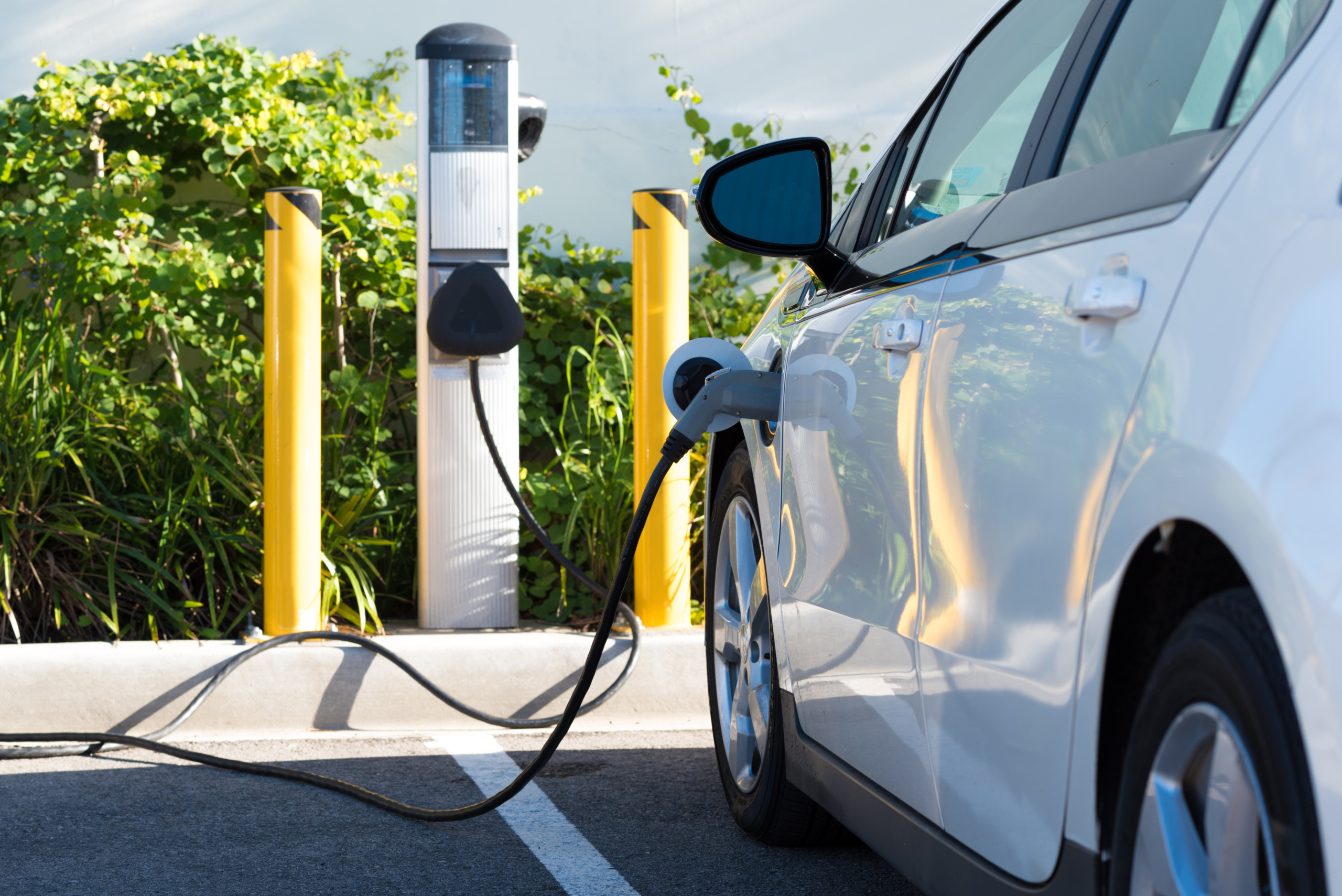
How federal tax credits can help you get an electric vehicle
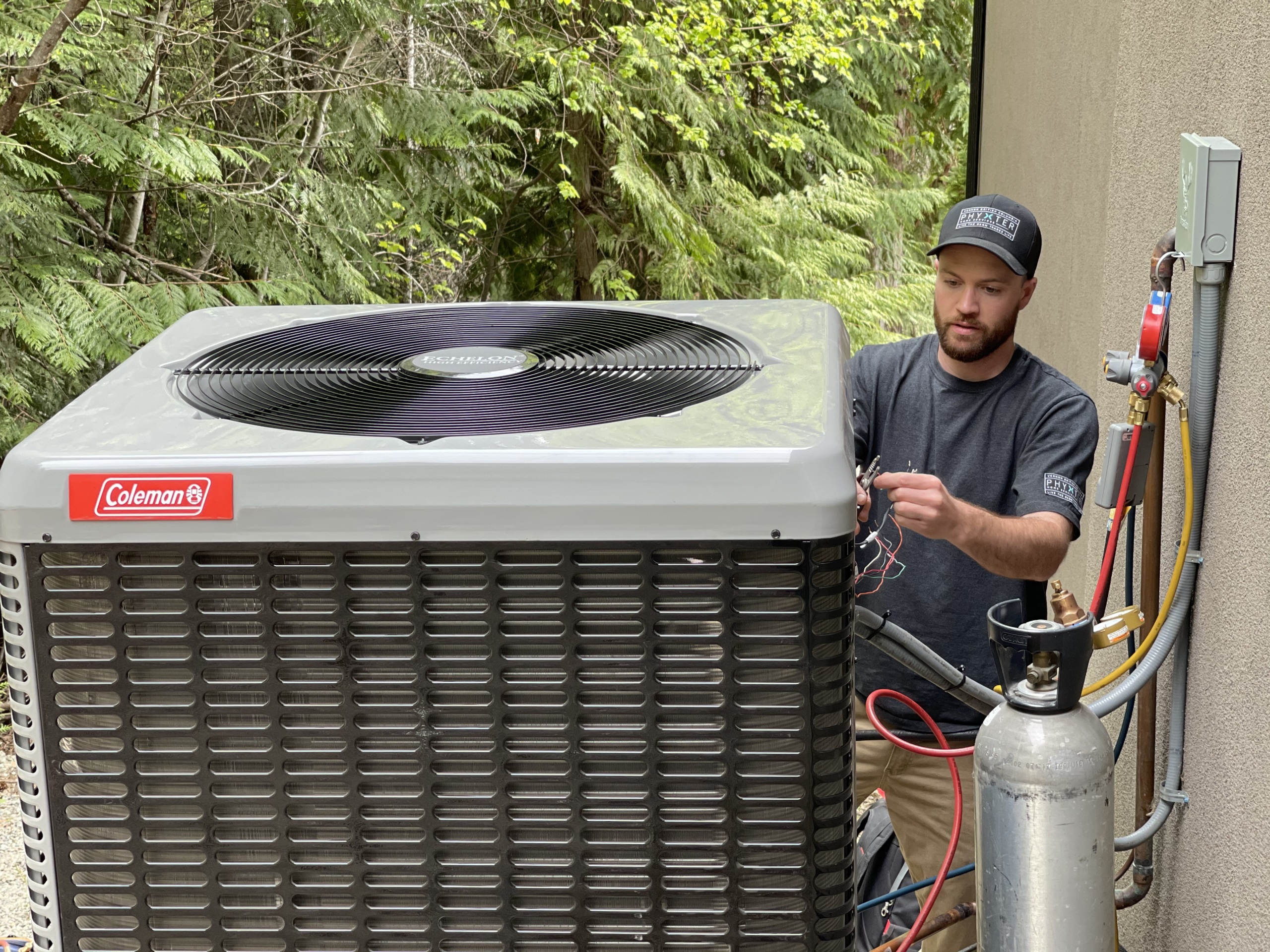
Heat pumps: how federal tax credits can help you get one


